If you’ve ever walked into a room and marveled at its size, chances are the paint colors on the wall had a lot to do with it. It’s one of those magic tricks interior designers seem to have in their repertoire.
But you don’t have to be a designer to master this; with some research, anyone can achieve the look. Even with limited space, thoughtful design can make your home feel open and airy. It’s all in the paint colors you choose and how you use them. And spoiler alert: it doesn’t require you to give up your individuality.
These are some of the colors designers swear by when trying to make a room look larger with just a simple coat of paint.
White

Image Credit: Shutterstock.
We had to include this one, because, well… it’s so obvious. It’s why real estate agents advise their clients to paint over bold colors, and landlords seem to prefer the color because it makes rooms look larger and creates a fresh, clean slate to work with.
That being said, white has its place, but other colors can create the illusion of a larger space while still imparting some color to the walls.
Sea Green
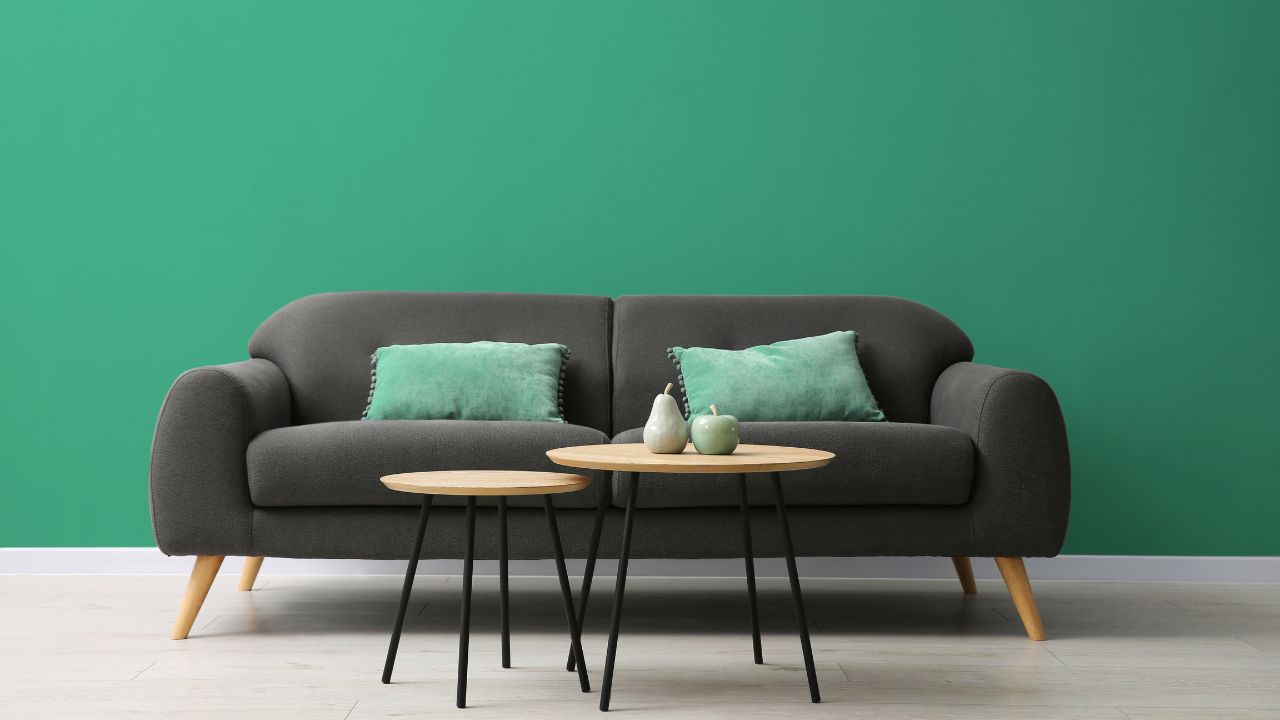
Image Credit: Shutterstock.
Sea green is a lovely shade that combines blue and green to create a soft feel in a room. It is a soothing color often used in nurseries or bedrooms for ambiance.
This color pairs pretty well with most types of decor, but especially wood. White trim can help make the space feel even larger.
Taupe
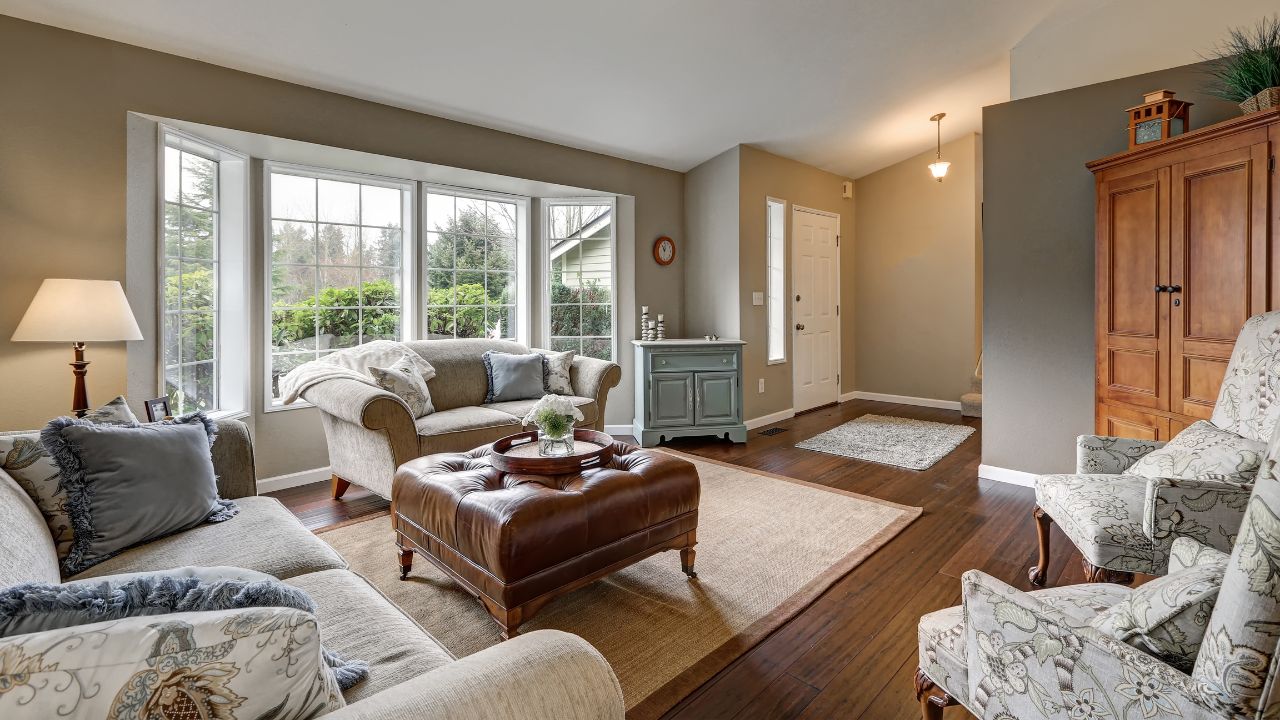
Image Credit: Shutterstock.
If you like the idea of a neutral color but want to shy away from white, taupe is a perfect middle ground. This blend of brown and gray brings a warm aura to a room, and depending on the shade, you might see different undertones.
Taupe is an earthly color that comes in multiple shades, so feel free to try out a few to determine which best suits your decor scheme.
Light Gray

Image Credit: Shutterstock.
Light gray is another paint color that can give your walls dimension but still make a room look larger. It works well in living areas, bathrooms, and bedrooms.
The beauty of light gray is that it often matches just about any type of decor, such as contemporary, luxe, and minimalist designs.
Light Coral
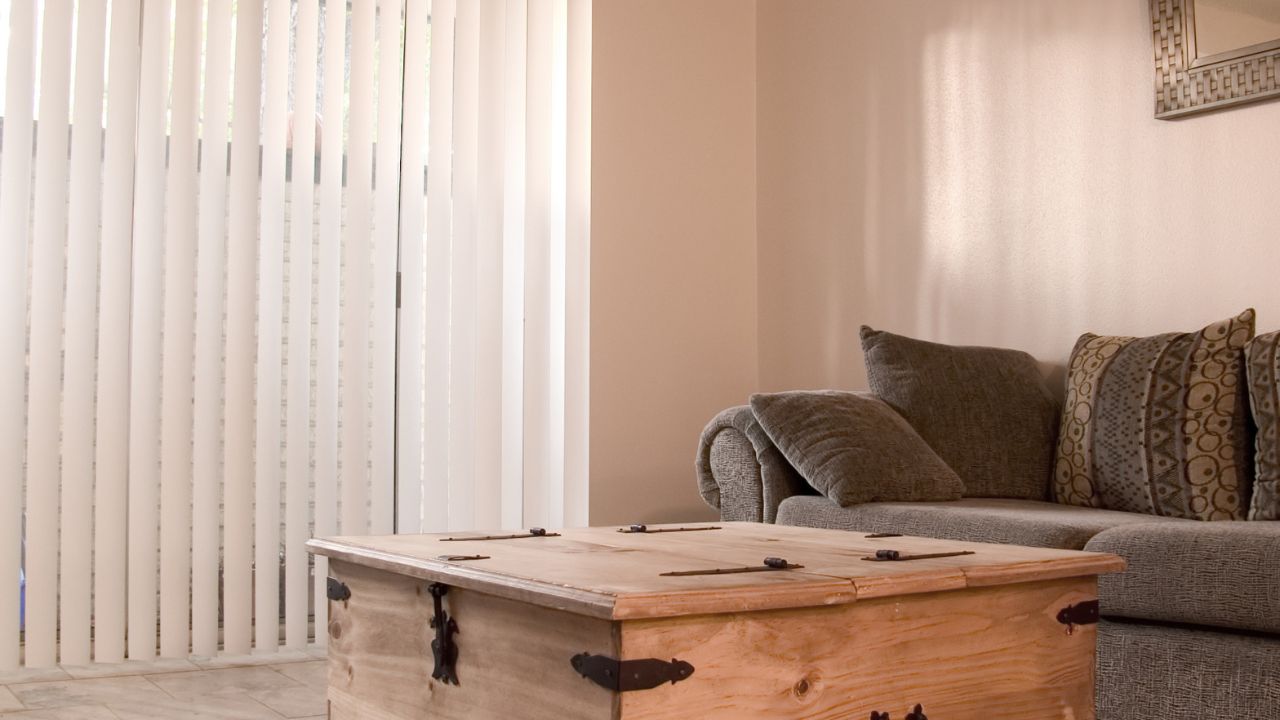
Image Credit: Shutterstock.
If you’re like me and like a little pink in your home, a light coral can give you the best of both worlds: space and color. Coral is such a versatile color that adds warmth, vibrancy, and a touch of playfulness.
You can use it in nearly any room. If you prefer darker shades, use it as an accent wall design.
Light Blue
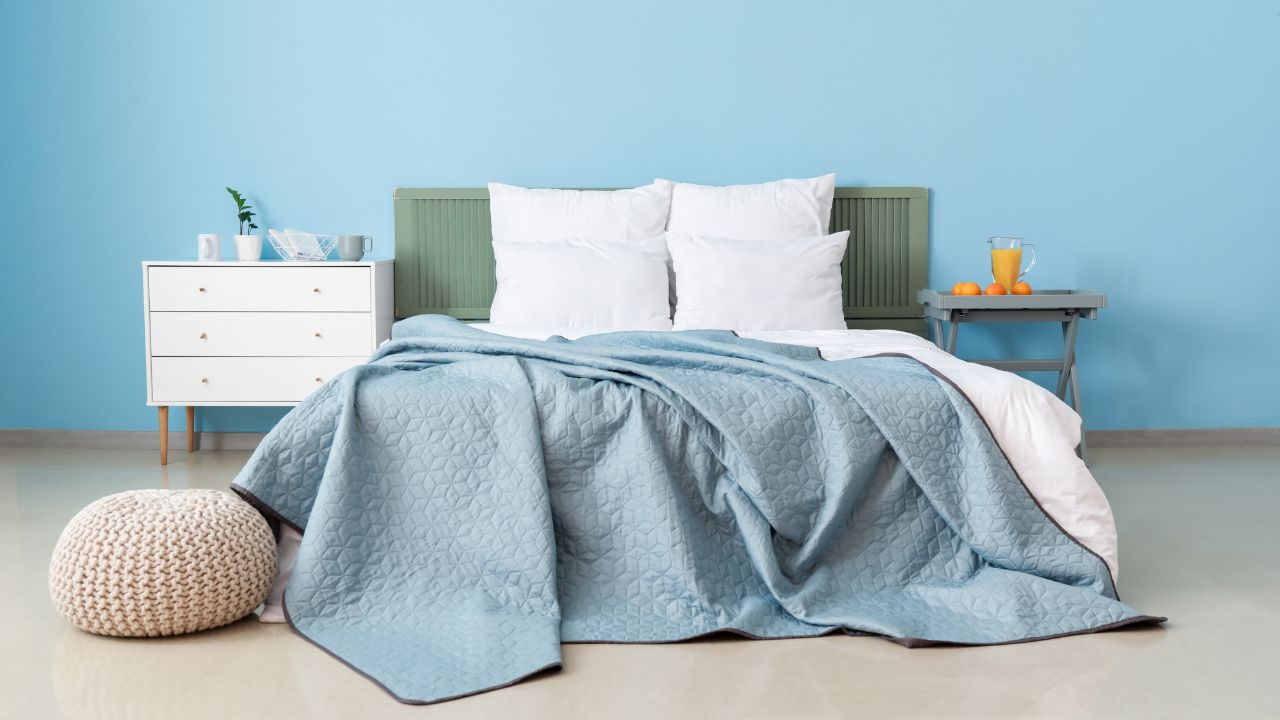
Image Credit: Shutterstock.
Light blues are receding colors, which means they give the appearance of distance, which can help if you’re trying to make a small space appear larger.
With blues, you can get creative and use anything from smoke, a blend of blue and gray, to baby blue or a light teal. Behr, Sherwin Williams, and Benjamin Moore all offer various shades.
Lavender (or Other Light Purples)
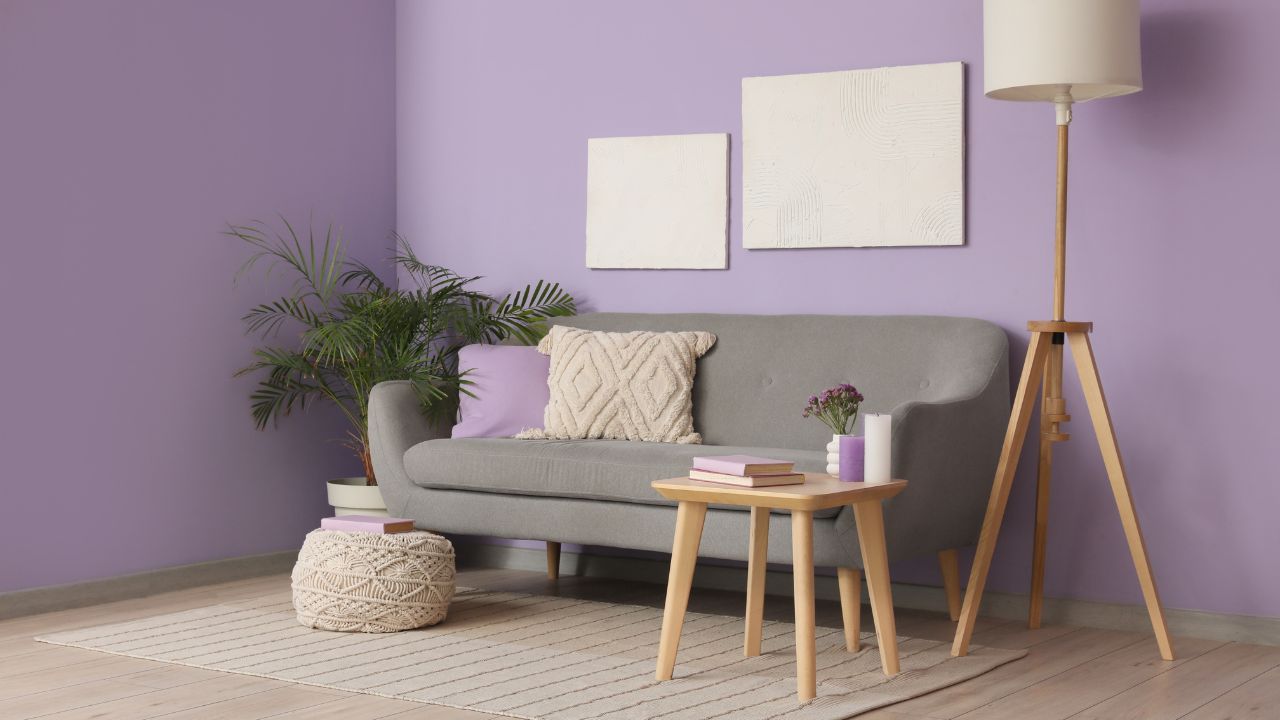
Image Credit: Shutterstock.
You won’t see purple in many homes outside the occasional bedroom, but lavender is a solid choice if you want to make a room appear more spacious.
The good news is that lavender comes in a variety of hues, from cool to warm, so you can pick the perfect shade to complement your furniture and/or preferred decor scheme.
Yellows
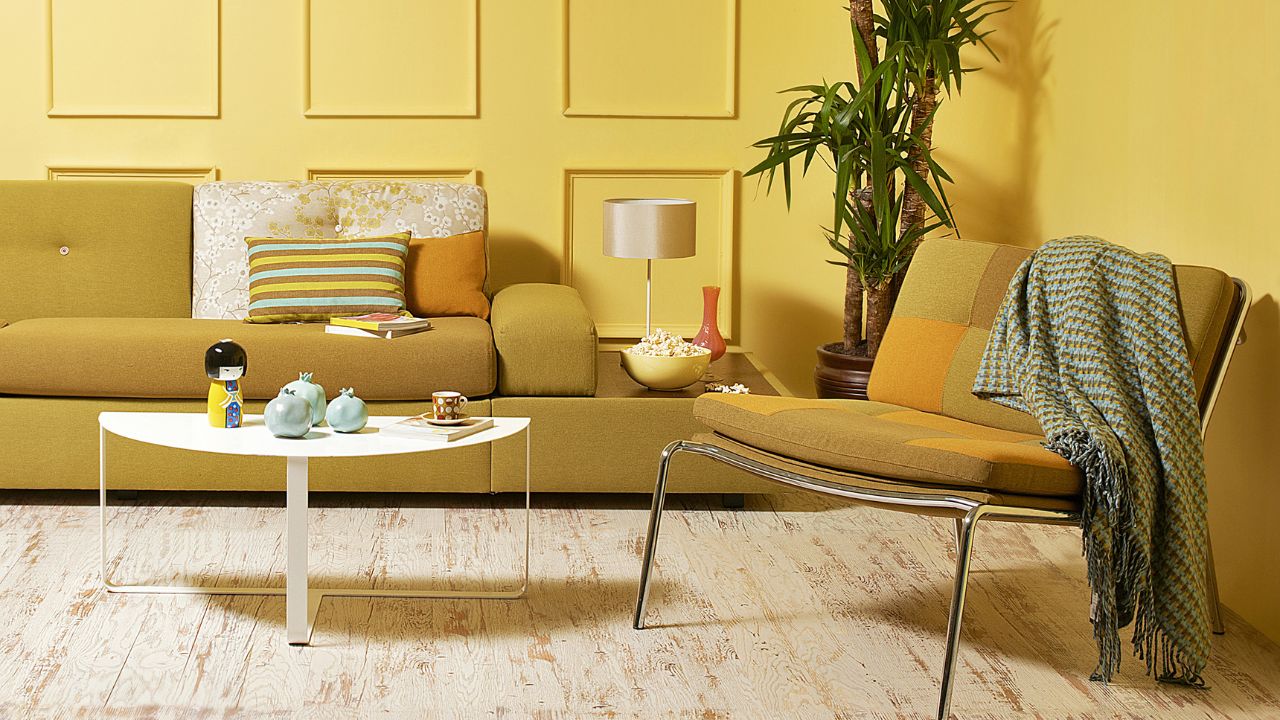
Image Credit: Shutterstock.
Yellow can be a cool or warm shade, and it comes in several different hues, but it does a wonderful job of opening up those tight spaces. And it’s not just for nurseries!
Add some yellow to your kitchen or bathrooms to create a homey feel. As an added bonus, going just a shade or two darker can make a room cozy.
Charcoal Black
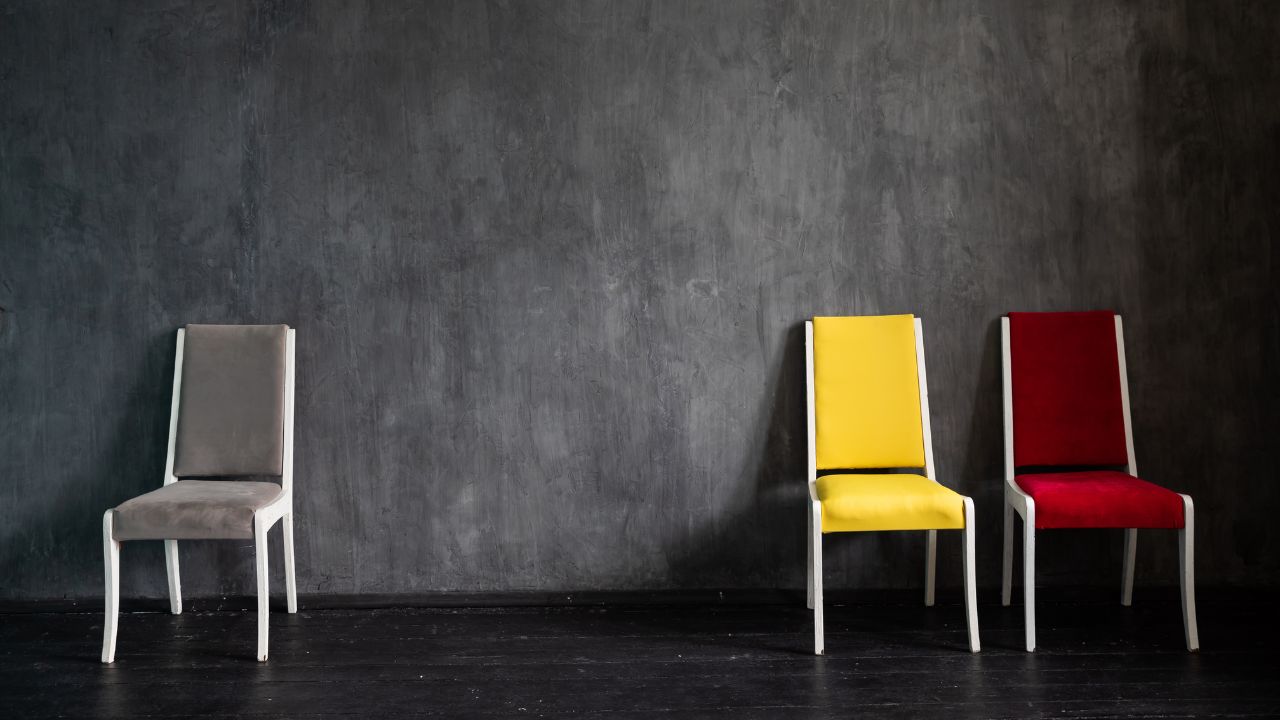
Image Credit: Shutterstock.
This one might seem like an odd duck out, because isn’t the goal to make the rooms brighter? Not always.
In fact, there’s a way you can paint rooms dark shades, like charcoal black, and make them look larger. The key is to eliminate delineation. In other words, paint the entire room the darker color of your choice, including the ceilings. That will make it look taller and, therefore, bigger. For some elegance, use paint with a gloss finish.
Use Darker Colors on an Accent Wall
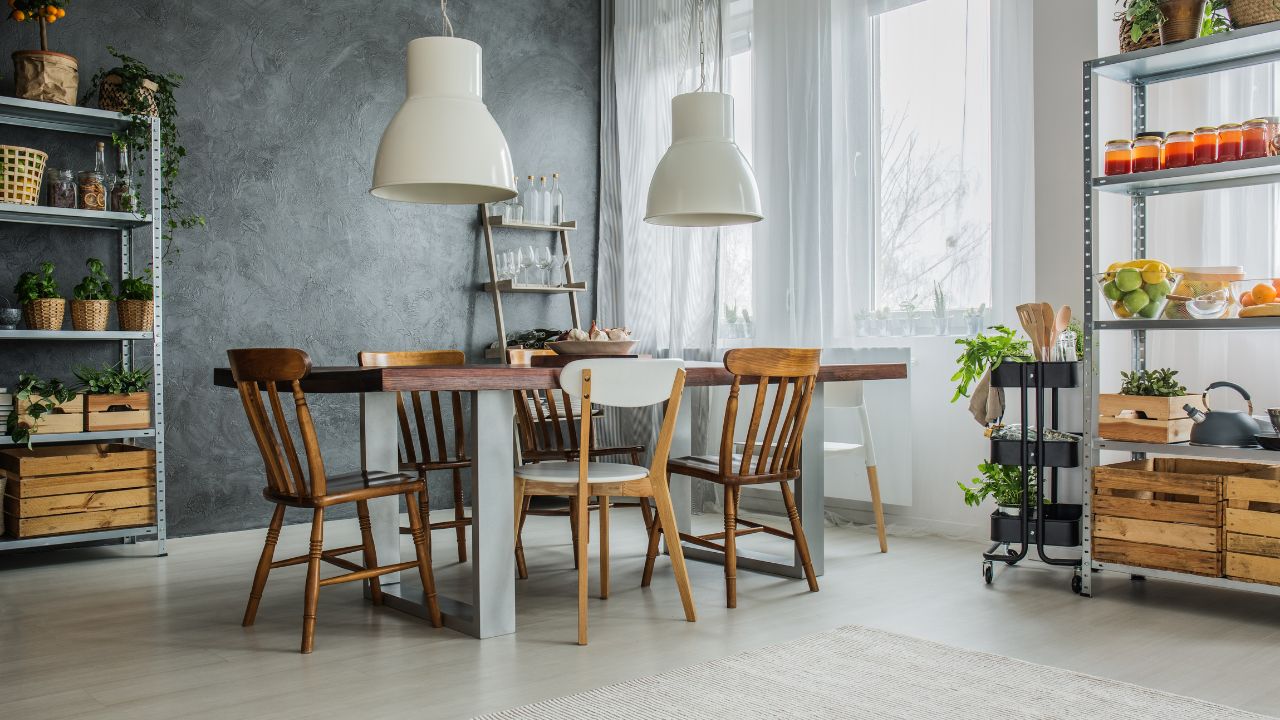
Image Credit: Shutterstock.
It’s a myth that all darker colors will make a room appear small. It can be true for some, but that doesn’t mean you should nix the dark hues altogether. In fact, they can bring a room to life.
Instead of painting an entire room a solid dark color, opt for an accent wall. When surrounded by lighter colors, it creates a focal point and gives the room dimension.


